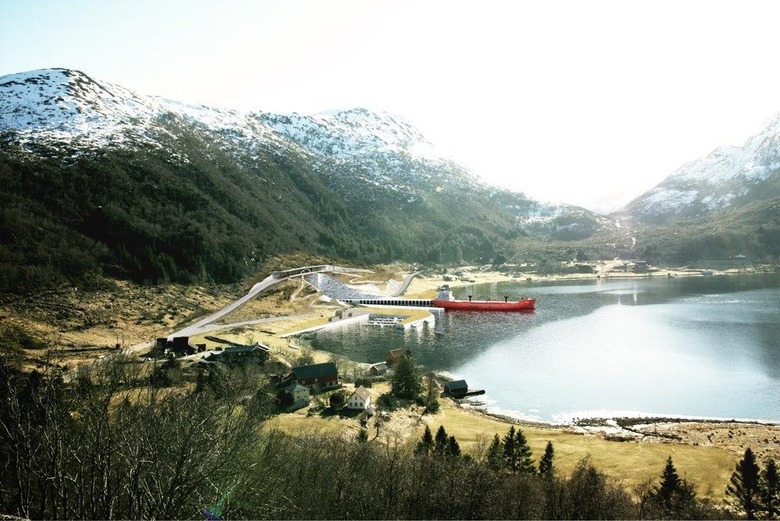Norway Wants To Create A Tunnel For Ships To Pass Through
Elon Musk's Boring Company wants to drill underground to alleviate traffic congestion. Norway wants to drill through hills for ships. Yes, big ships carrying cargo, tourists, or fish. And, no, it's not because Norway has traffic congestion problem. The Stad Ship Tunnel, as it is being called, is meant to give ships, crew, and passengers a safer, and perhaps more scenic, route avoid the treacherous old route that the Stad peninsula is notorious for.
The Stad peninsula lies at the northwestern most part of Norway. It paints a very beautiful scene that belies the harsh weather that welcomes seafarers. The coastline is hit with storms as much as 100 days in a year, and its unique underwater topography and windy climate has made ship transport along Norway's coast slow and dangerous. This has not only affected tourism but various industries as well.

Unsurprisingly, Norway is eager to find a solution to this and what it came up with is ambitious, ingenious, and expensive altogether. Usually, when you redirect shipping routes inland, you create a canal for ships to pass through. Design firm Snøhetta, however, will instead be making a tunnel, or as project manager Terje Andreassen says, a canal with a roof.

Why a tunnel? That's because the new route will be crossing a hill 300 m high. There's really no way around, or above that. Of course, they won't exactly be drilling through, at least not at first. They will blast through the roof part of the tunnel and secure it before they start drilling and blasting like in open mining. An estimated 3 billion cubic meters of solid rock is expected to be removed.

The end result will be a tunnel 50 m high, top to bottom, and 1.7 km long. Of course, it's going to be a one-way street and the direction will alternate every hour, controlled by vessel traffic centers. The Stad Ship Tunnel construction is expected to last 3 to 4 years and cost over $272 million. The long-term savings in ship repairs, expedited travel through Norway's coast, and possible tourism boost could make it worth the investment.
SOURCE: New Atlas
